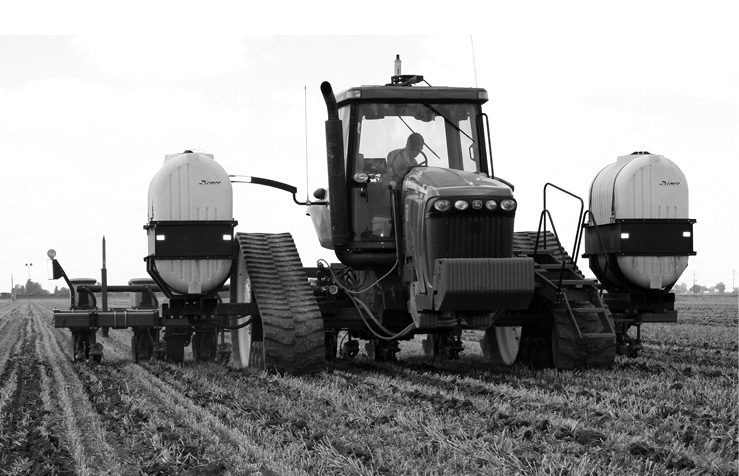No-Till Farmer
Get full access NOW to the most comprehensive, powerful and easy-to-use online resource for no-tillage practices. Just one good idea will pay for your subscription hundreds of times over.

Name: Jeff Mitchell
Position: Cropping Systems Specialist And Chairman, California Conservation Tillage Workgroup
Location: University of California, Davis
Years of No-Tilling: 10
No-Tilled Crops: Tomatoes and other vegetables, silage corn, cotton, small grains, forage crops, cover crops.
California has long been one of the most productive agricultural areas of the world. Partly for that reason, growers there are often understandably reluctant to try new farming methods, especially when rising fuel and labor costs and market competition are shrinking profit margins.
In the fertile Central Valley, very few fundamental changes in tillage management have been made in the half century since the opening of the California Aqueduct in the early 1960s. Some California conventional farming systems require 9 to 11 tillage operations for pre-plant field preparation alone.
It is thus encouraging that a growing number of innovative growers are taking first — or second — looks at conservation tillage (CT) practices such as no-till, strip-till and ridge-till to reduce or eliminate tillage passes.
In addition to economic factors, environmental issues including air quality (dust and diesel fuel emissions), water, nutrient and pesticide runoff, water shortages and rising carbon dioxide levels are some of the other driving factors behind these pioneering efforts with CT.
Not that we’re looking at a landslide. CT is currently being used on less than 1 percent of California farmland. But we are building enough evidence through research and practical farming experience to be able to build a strong case that CT is generally a…